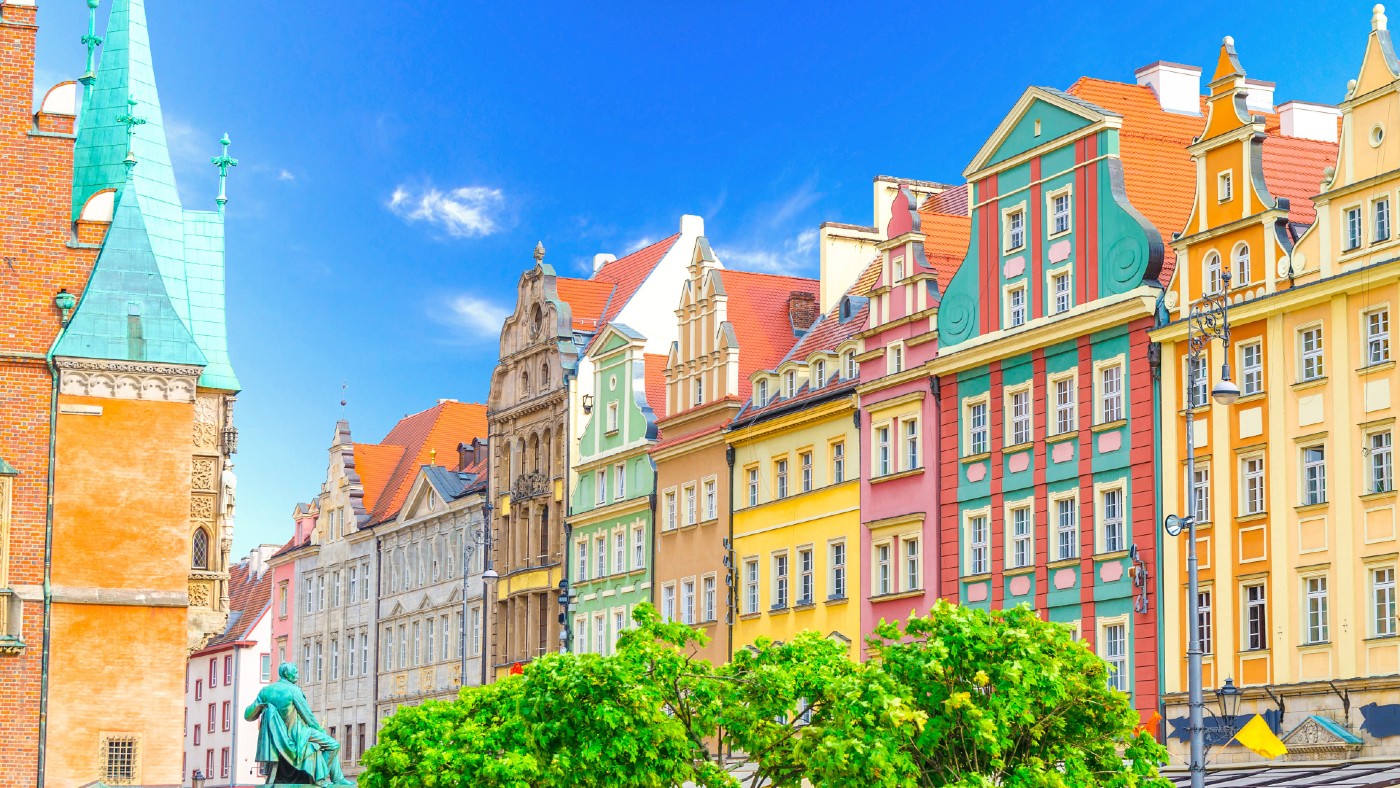Trip of the week: the timeless charm of Poland’s Lower Silesia
Arriving here from the dull plains around Warsaw is like entering a different world

With its forested hills, its castles and “Swiss-style” villas, and its medieval towns, Lower Silesia feels like a fairytale corner of old Germany “hiding in plain sight” in the heart of modern Europe, says Magdalena Miecznicka in the FT.
Its quaint charm and quiet beauty are the result of a complex history. Largely German and Austrian since the late Middle Ages, it was incorporated into Prussia in 1742, then ceded to Poland in 1945. Decades of relative poverty and neglect followed – which helped preserve its old buildings and wild places. Lately, arty types from Warsaw and Berlin have moved in or snapped up second homes here, but it is still little visited, and more enchanting for that.
Arriving here from the dull plains around Warsaw is like entering a different world. First comes the beautiful old regional capital, Wrocław, and then south of the River Oder, the landscape starts to crumple and settlement becomes sparse.
The Week
Escape your echo chamber. Get the facts behind the news, plus analysis from multiple perspectives.

Sign up for The Week's Free Newsletters
From our morning news briefing to a weekly Good News Newsletter, get the best of The Week delivered directly to your inbox.
From our morning news briefing to a weekly Good News Newsletter, get the best of The Week delivered directly to your inbox.
Your first stop might be Sokołowsko – or Görbersdorf, as it used to be known – a village of “rare beauty” where tall early Modernist villas are overshadowed by the neo-Gothic towers of a 19th century tuberculosis sanatorium, the first in Europe. The film director Krzysztof Kieslowski grew up here, and his archive is housed in Villa Rosa, now a boutique hotel and a meeting place for artists.
From there, it’s an easy hop across the Czech border to Adršpach – a municipality famed for its turquoise lake and thousands of spectacular natural sandstone spires; from there you can travel back into Poland, to the mountain spa town of Miedzygórze, where there are several Arts and Crafts guest houses, including the pleasant Villa Titina.
Nearby is Kłodzko, a “stunning” medieval hilltown; you might visit the 16th century Sarny Castle, now a hotel that hosts concerts and literary events; and Osówka, where you can see the remains of Project Riese, a vast tunnel network constructed by the Nazis, its intended purpose lost to history.
A free daily email with the biggest news stories of the day – and the best features from TheWeek.com
-
 ‘If regulators nix the rail merger, supply chain inefficiency will persist’
‘If regulators nix the rail merger, supply chain inefficiency will persist’Instant Opinion Opinion, comment and editorials of the day
-
 Trump HHS slashes advised child vaccinations
Trump HHS slashes advised child vaccinationsSpeed Read In a widely condemned move, the CDC will now recommend that children get vaccinated against 11 communicable diseases, not 17
-
 Hegseth moves to demote Sen. Kelly over video
Hegseth moves to demote Sen. Kelly over videospeed read Retired Navy fighter pilot Mark Kelly appeared in a video reminding military service members that they can ‘refuse illegal orders’
-
 The ultimate films of 2025 by genre
The ultimate films of 2025 by genreThe Week Recommends From comedies to thrillers, documentaries to animations, 2025 featured some unforgettable film moments
-
 Into the Woods: a ‘hypnotic’ production
Into the Woods: a ‘hypnotic’ productionThe Week Recommends Jordan Fein’s revival of the much-loved Stephen Sondheim musical is ‘sharp, propulsive and often very funny’
-
 The best food books of 2025
The best food books of 2025The Week Recommends From mouthwatering recipes to insightful essays, these colourful books will both inspire and entertain
-
 Art that made the news in 2025
Art that made the news in 2025The Explainer From a short-lived Banksy mural to an Egyptian statue dating back three millennia
-
 Nine best TV shows of the year
Nine best TV shows of the yearThe Week Recommends From Adolescence to Amandaland
-
 Winter holidays in the snow and sun
Winter holidays in the snow and sunThe Week Recommends Escape the dark, cold days with the perfect getaway
-
 The best homes of the year
The best homes of the yearFeature Featuring a former helicopter engine repair workshop in Washington, D.C. and high-rise living in San Francisco
-
 Critics’ choice: The year’s top 10 movies
Critics’ choice: The year’s top 10 moviesFeature ‘One Battle After Another’ and ‘It Was Just an Accident’ stand out